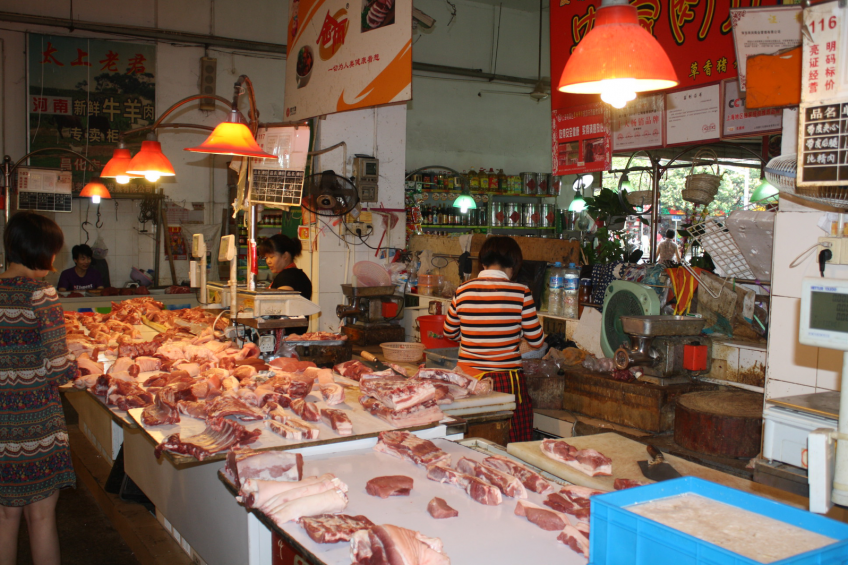Rabobank: China rules global pork market

Ongoing strong Chinese import demand and stalling supply will continue to support global pork prices through the third quarter of 2016. Also the Brexit might have some influence on international pork trade.
That, in short, was the key message of Rabobank‘s Global Pork Quarterly Q3 2016 report.
“This will result in a further rise of the Rabobank five-nation hog price index supporting margins across the globe,” said Albert Vernooij, the bank’s animal protein analyst in a press release.
He added, “Wildcards are feed costs and the Brexit induced changing exchange rates which could negatively impact the upswing, especially in the EU and the US.”
China: Prices expected to peak during Q3
The bank states that the volatile prices in June are just a temporary blip in the positive mood in China. With supply forecast to bottom out and demand starting to pick up seasonally, the bank expects prices to peak somewhere during the coming months, supporting imports which will likely exceed 2 million tonnes in 2016.
EU: Bullish market to remain
Chinese import demand and declining supply will continue to support prices and much needed margin recovery. The main challenge for the EU pork industry remains to limit supply expansion, while FX currently supports the EU’s competitive export position but domestic consumption remains lacklustre.
US: Export to drive further price recovery
Relative tight supply, positive developing domestic consumption and optimism of increased exports will continue to support positive margins. The expected export growth due to rising EU prices might be limited with the US dollar strengthening in the aftermath of the Brexit vote.
Brazil: Corn prices key for supply
Easing corn prices in the second half or 2016 will relieve part of the cost pressure in the Brazilian pork industry. Combined with increasing exports and higher pork prices, this will support margin recovery. However, this will not be sufficient to induce production expansion.











